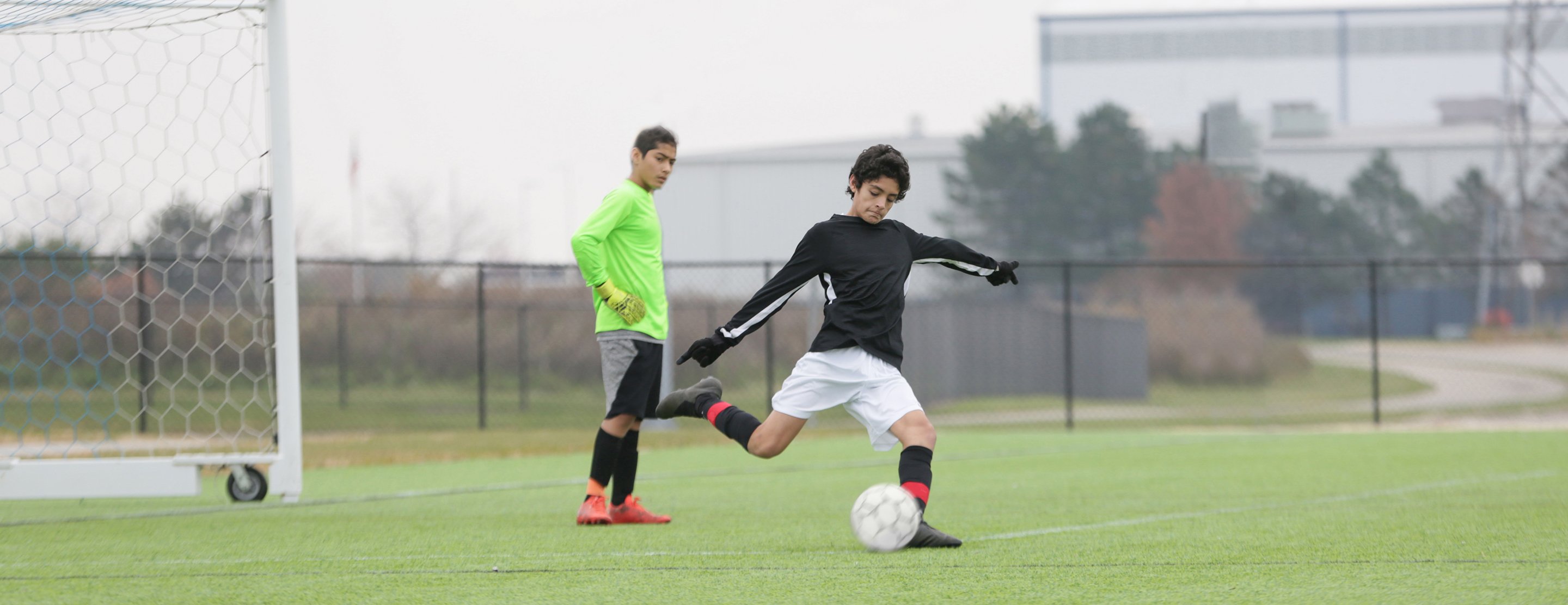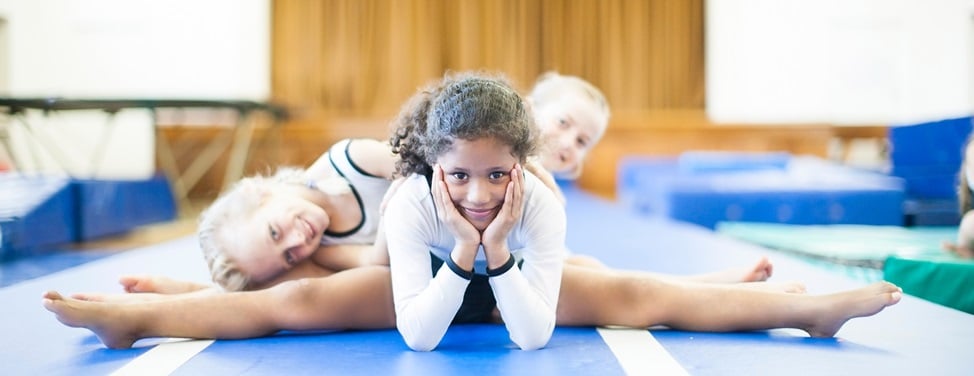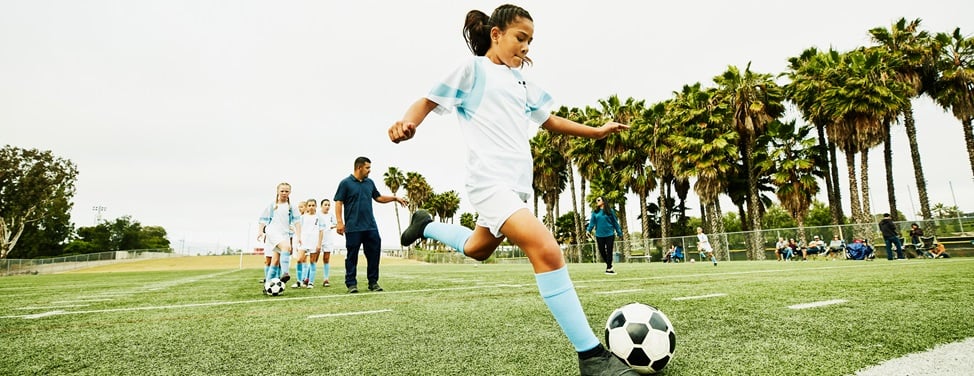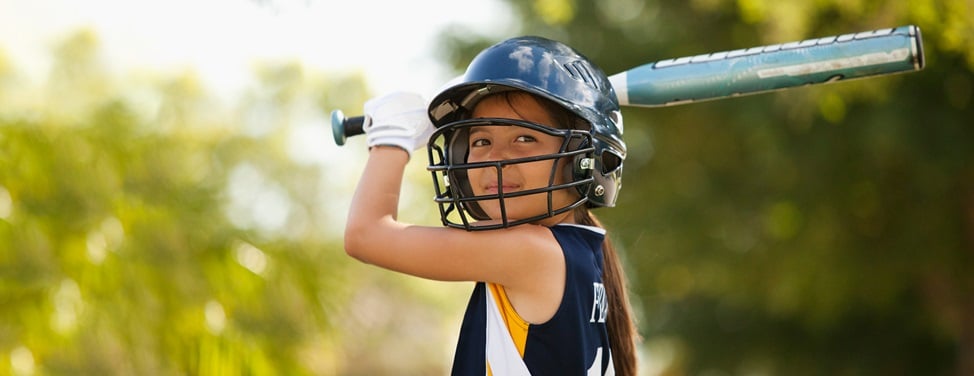Some sports, such as basketball, have a high incidence of ankle injuries due to the dynamic style of play. Athletes need strength, flexibility and balance control in the lower body to protect their ankles while running, jumping and executing quick changes in direction.
A few facts about ankle injuries:
- Sprains account for 75 percent of ankle injuries.
- More than 40 percent of ankle sprains lead to chronic problems.
- Sudden trauma to the ankle accounts for 10 percent to 30 percent of sports-related injuries.
- Sports requiring sudden stops and changes in direction cause the highest number of ankle injuries.
General recommendations
Parents and coaches can prevent injuries by helping young athletes follow these general recommendations:
- Assess your fitness levels at the beginning of the sports season.
- Perform a complete warmup before playing.
- Pay attention to play surfaces. (Are they slippery, dirty or cracked?)
- Choose supportive shoes.
- Make time for a static stretching routine after physical activity.
- Follow a strength and balance training program.
- Monitor game time and level of fatigue.
Shoes
People often have questions regarding footwear, especially after an ankle injury. Studies haven't shown convincing evidence that any particular shoe style is best. Here's what we do know:
- High-top shoes alone don't decrease a person's risk for ankle sprain.
- The risk of ankle injury is four times higher if a person wears shoes with air cells in the heels.
Bracing and taping
Many athletes are curious about the potential benefits of taping or bracing their ankles. Although there isn't enough evidence to support definitive recommendations, we can provide a few facts.
Ankle taping:
- Can prevent injury but the tape loosens in about 10 minutes
- May provide little to no protection against inverting the ankle after about 30 minutes
- Is associated with increased proprioception (awareness of the body's position and movement), allowing the peroneal muscles (a group of leg muscles) to react faster
Ankle bracing:
- Provides external support
- May enhance proprioception
- Is more adjustable than tape
- May limit range of motion and mobility, which can lead to compensation at other joints, especially the knee
Balance training
A balance training program is an important tool for preventing ankle injuries. The goal of balance training is to improve reaction time and awareness of an injured joint. Researchers found a 38 percent reduction in ankle injuries among high school basketball players who followed a balance training program.


































